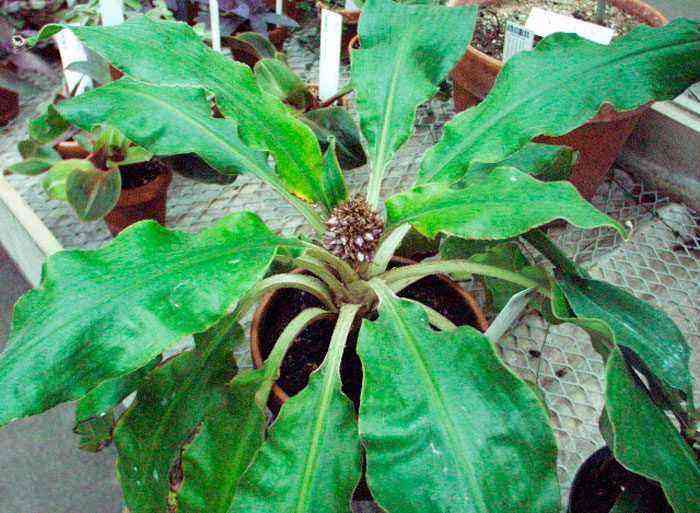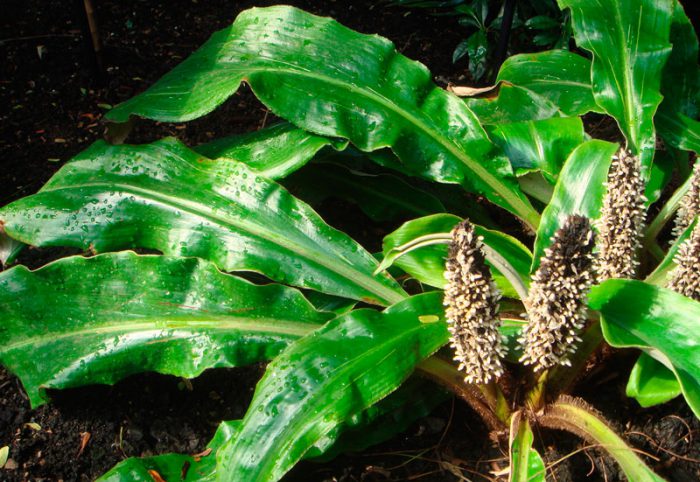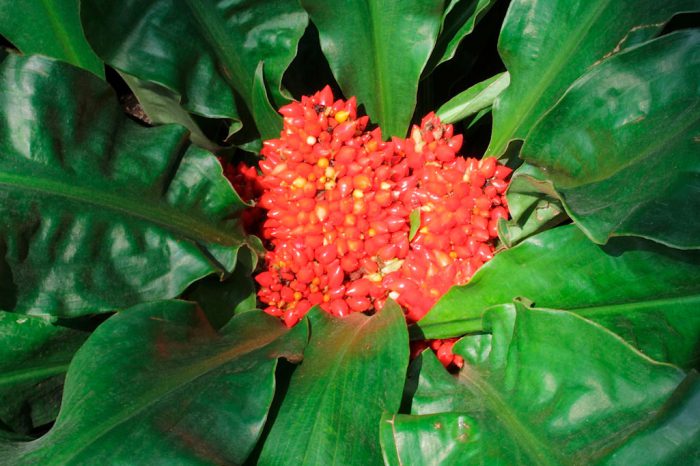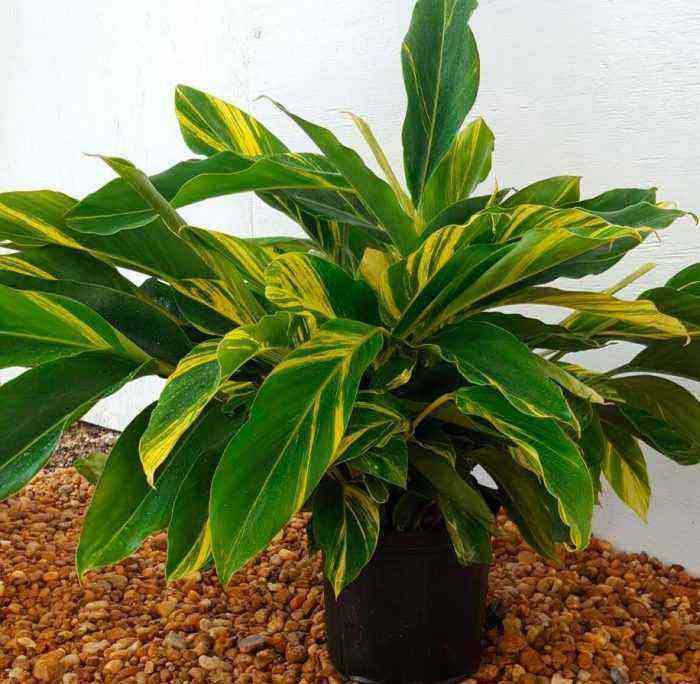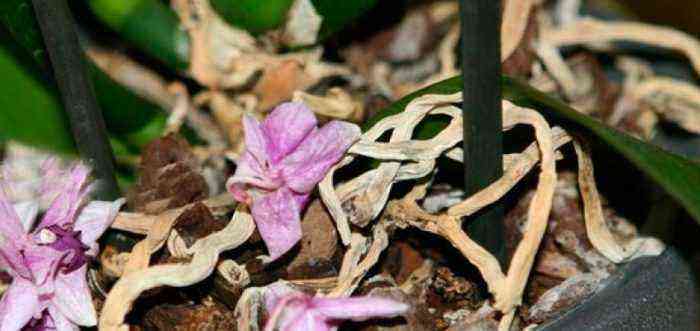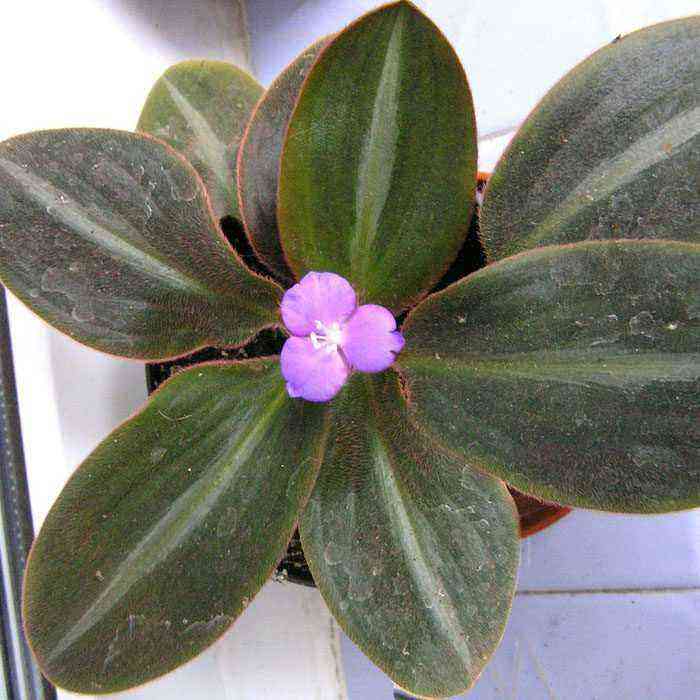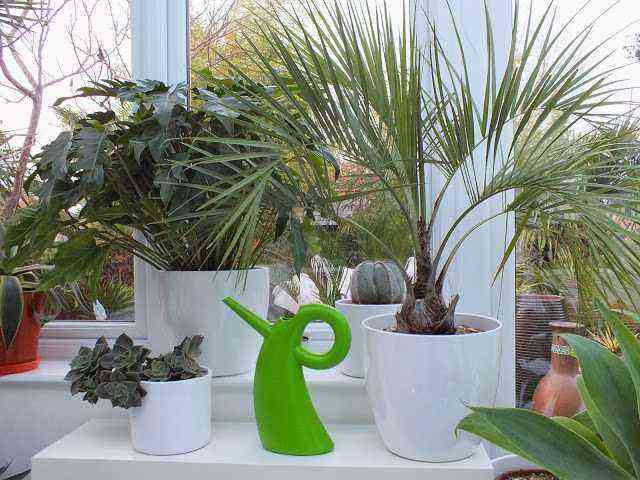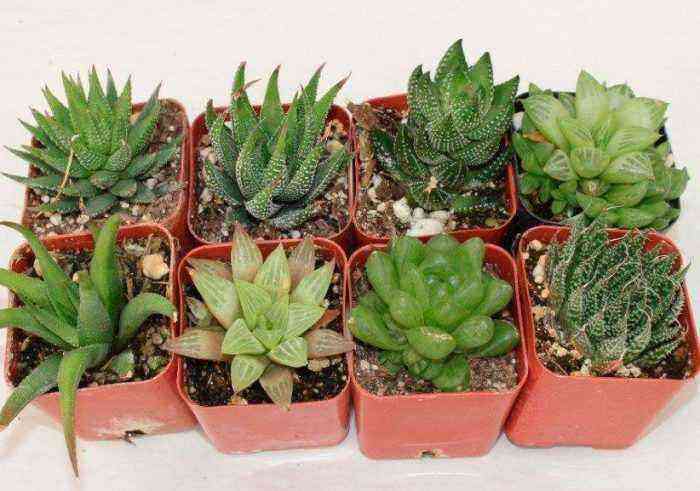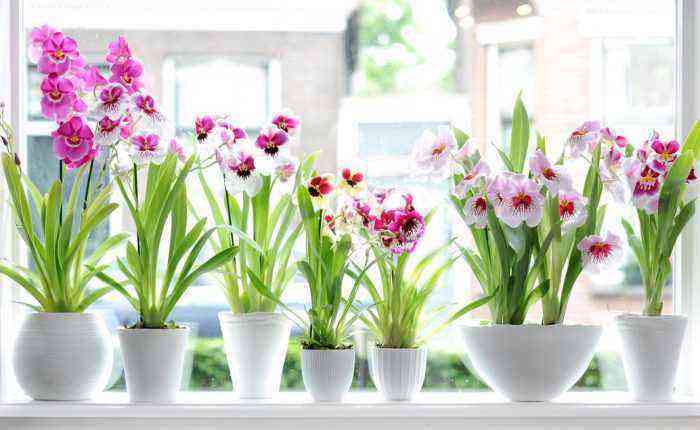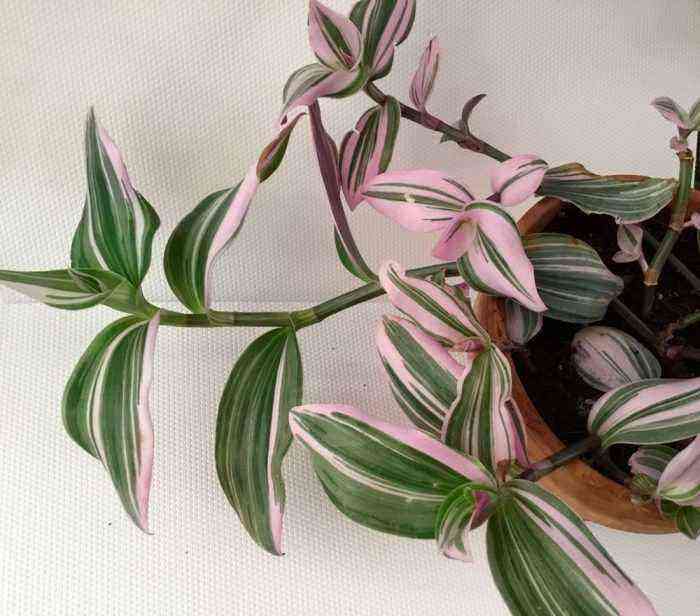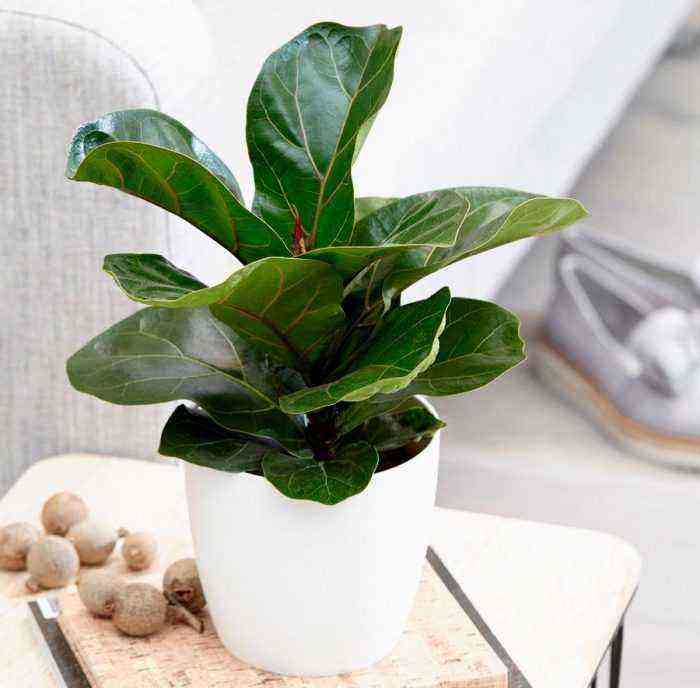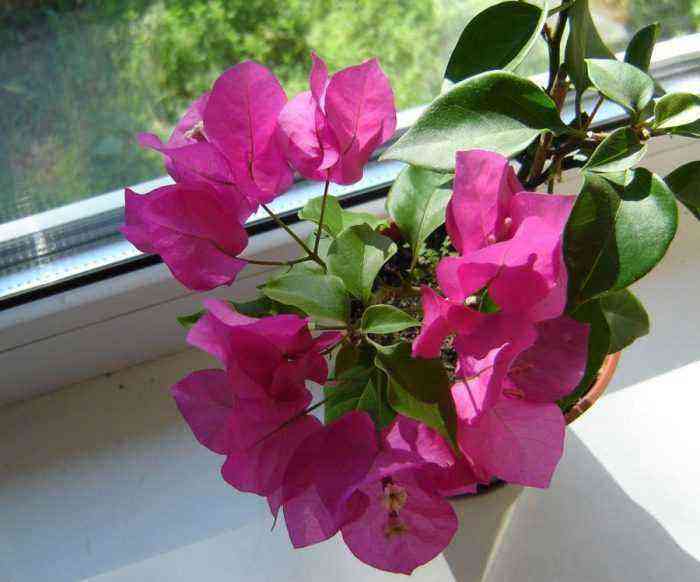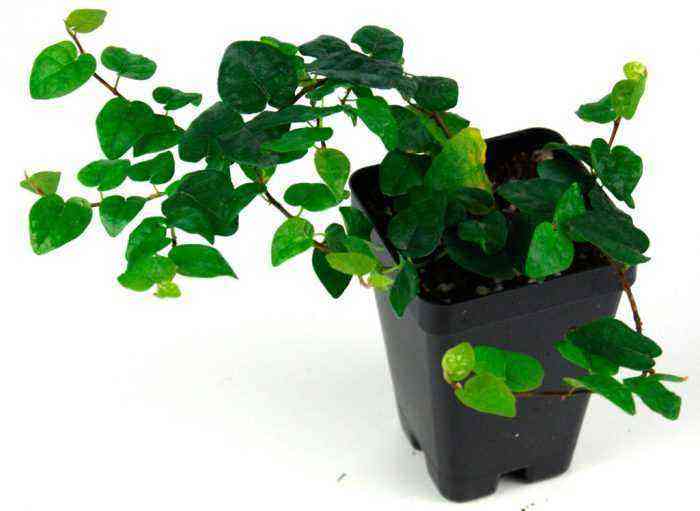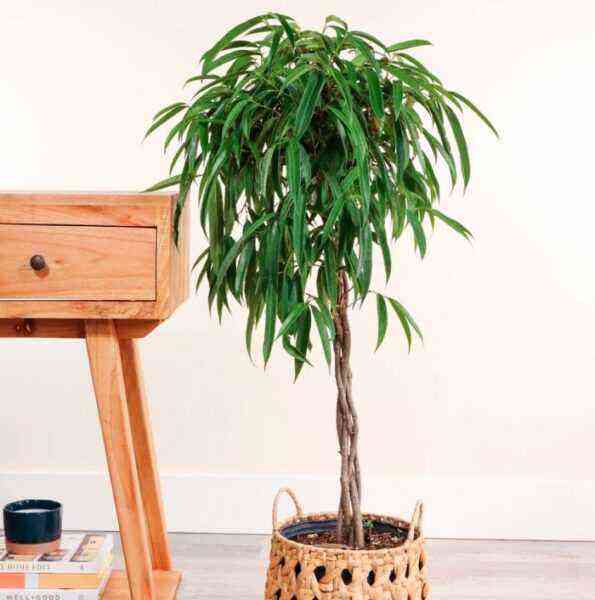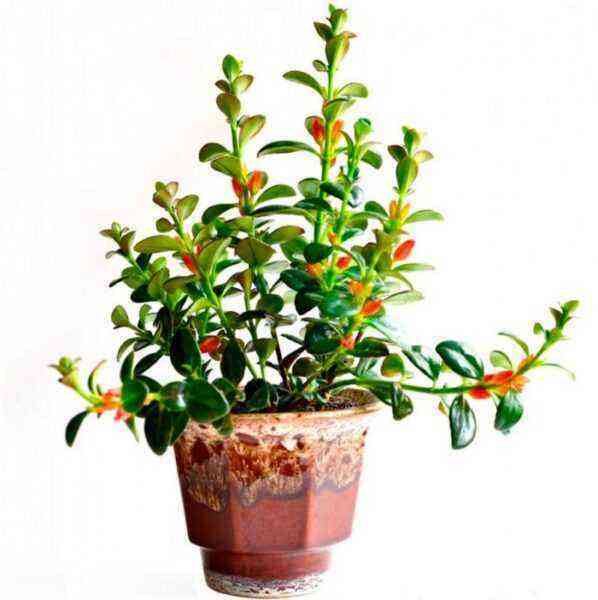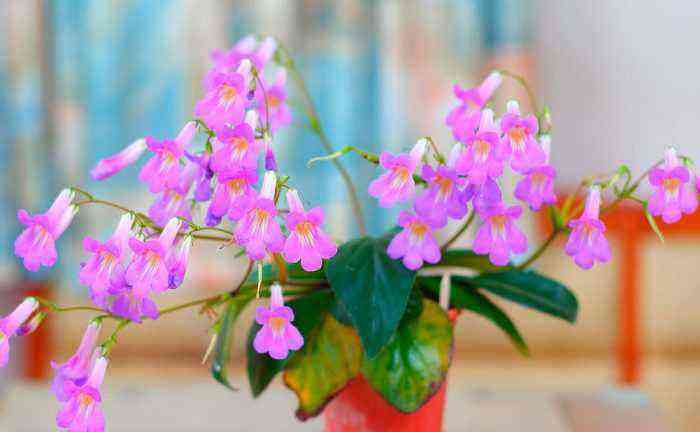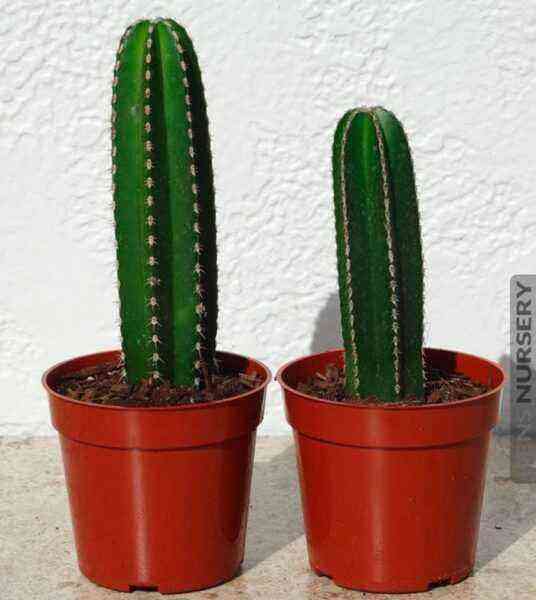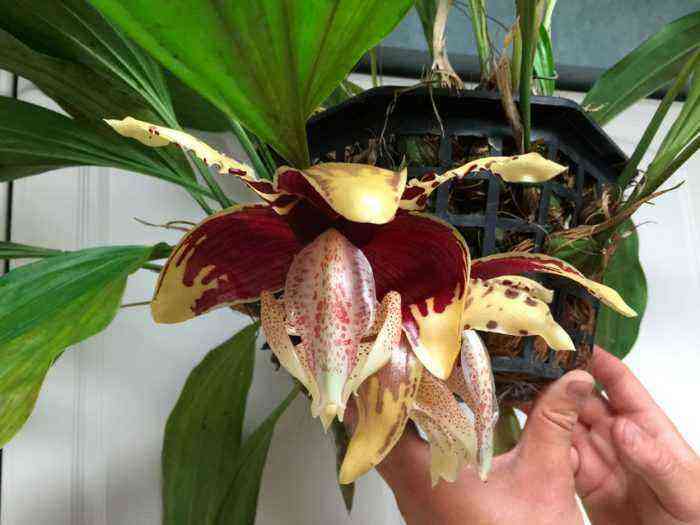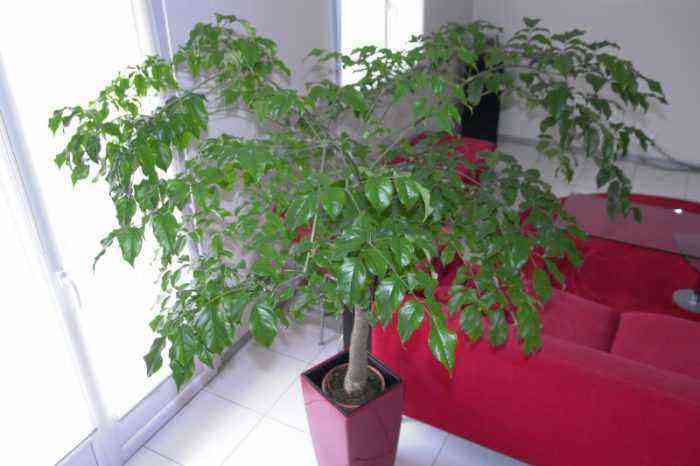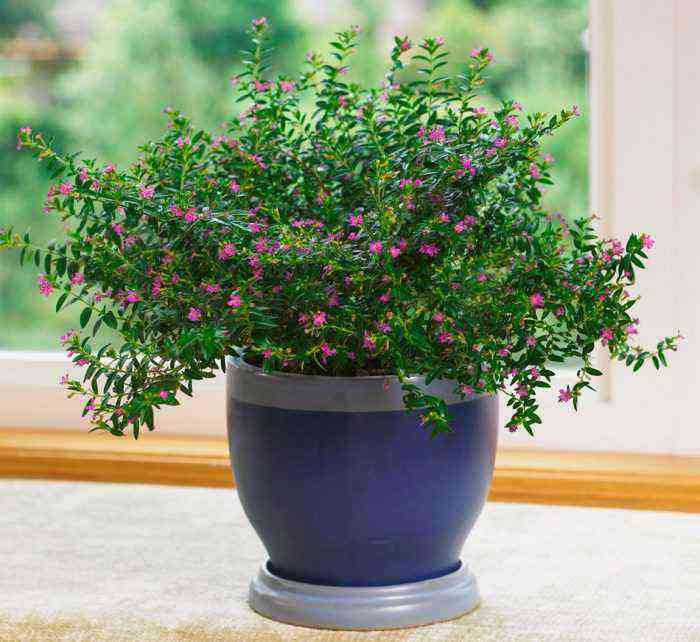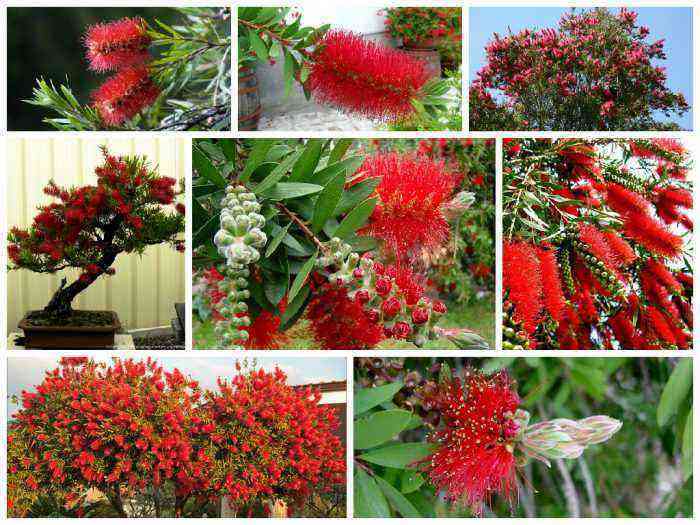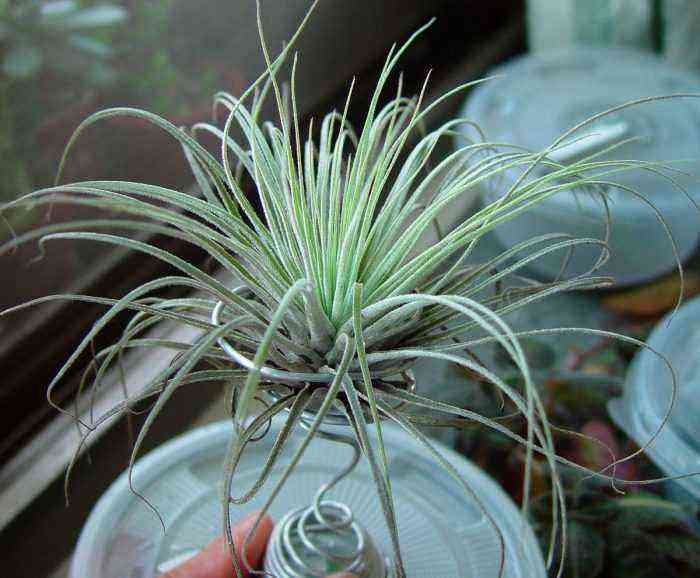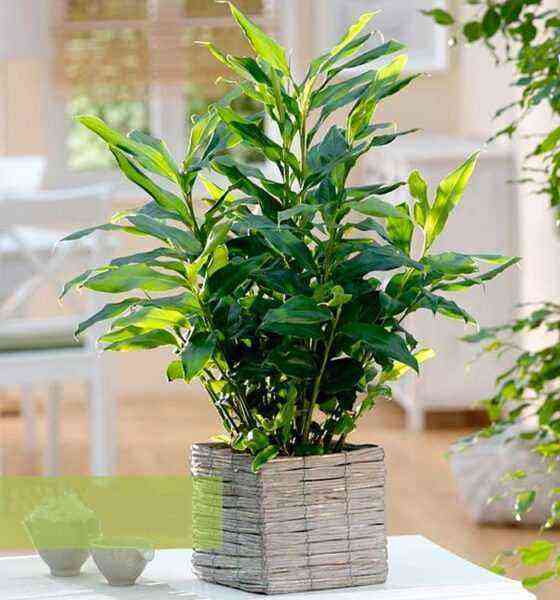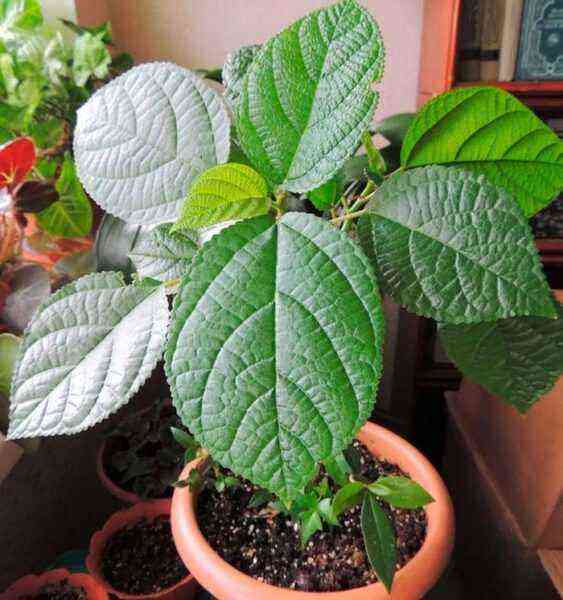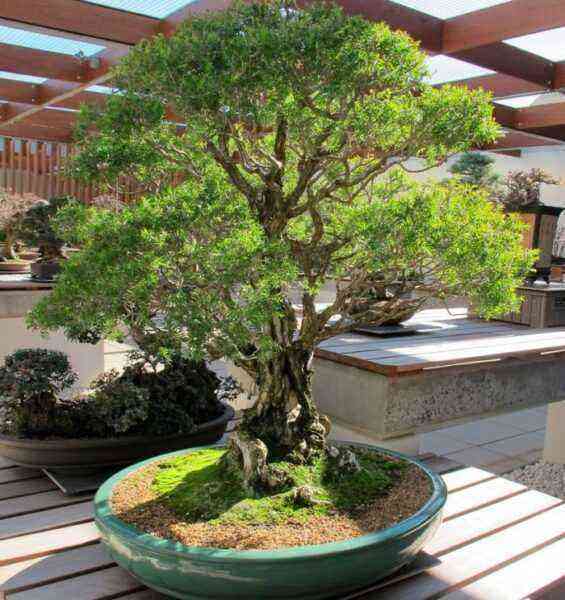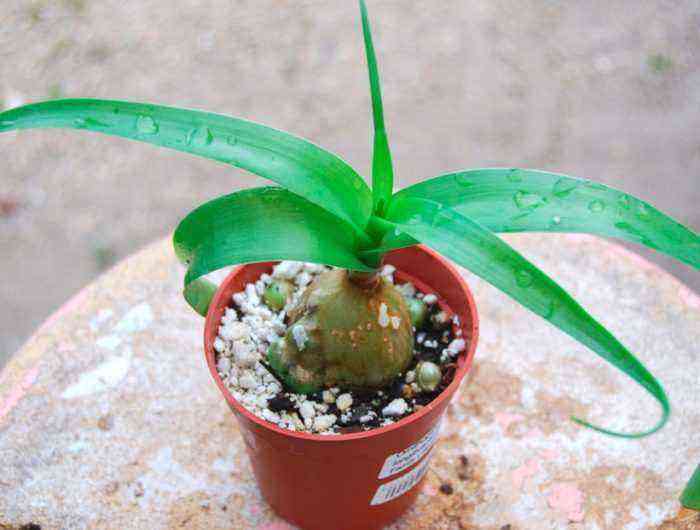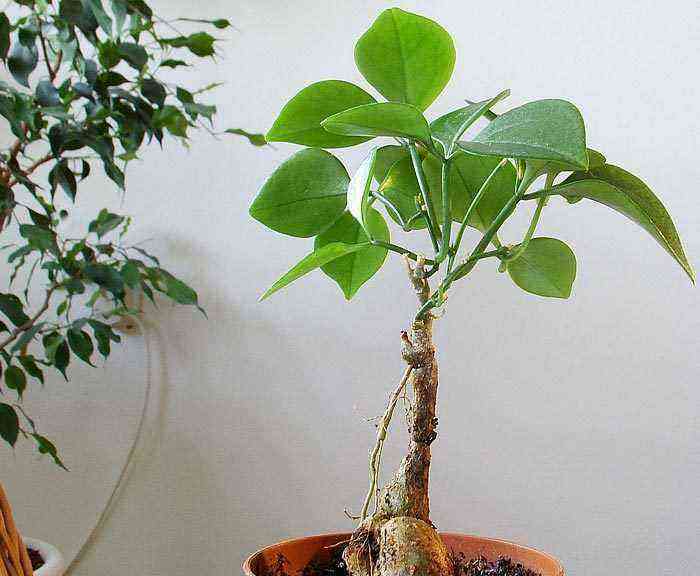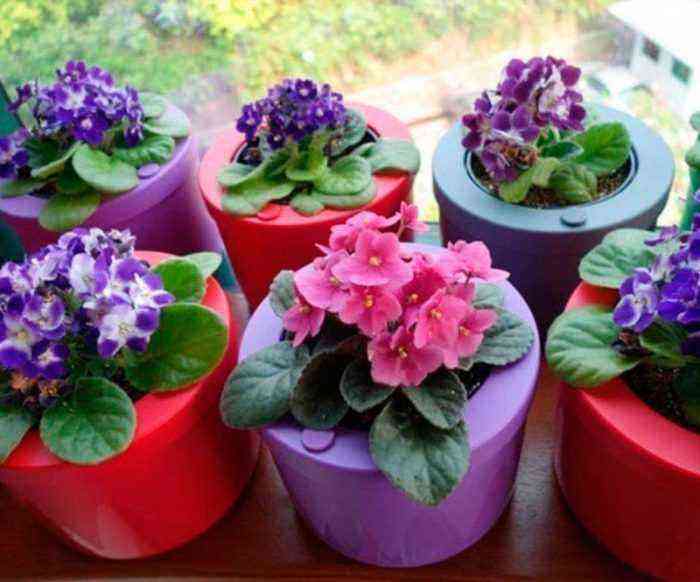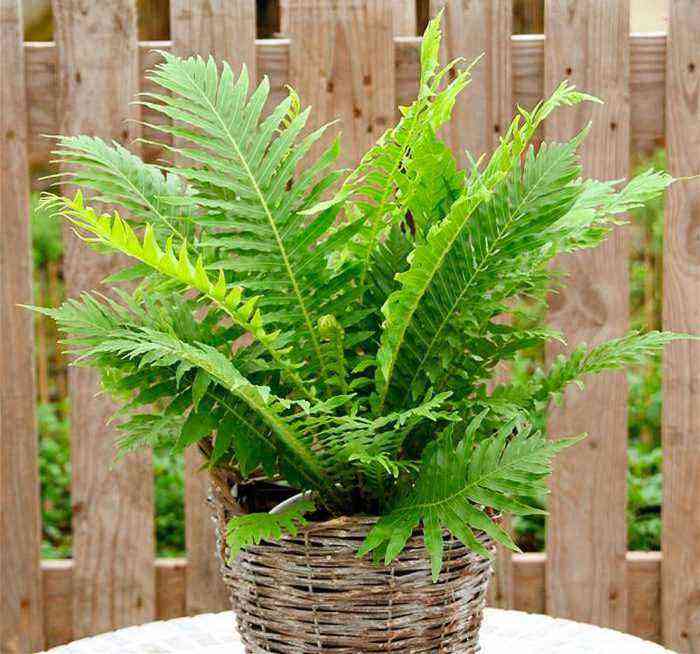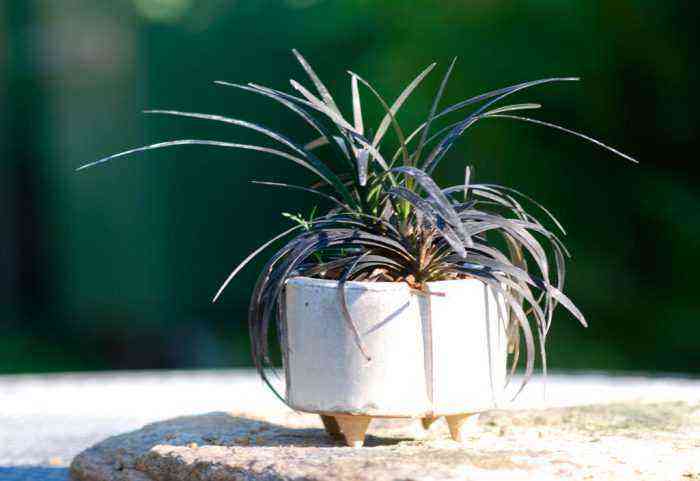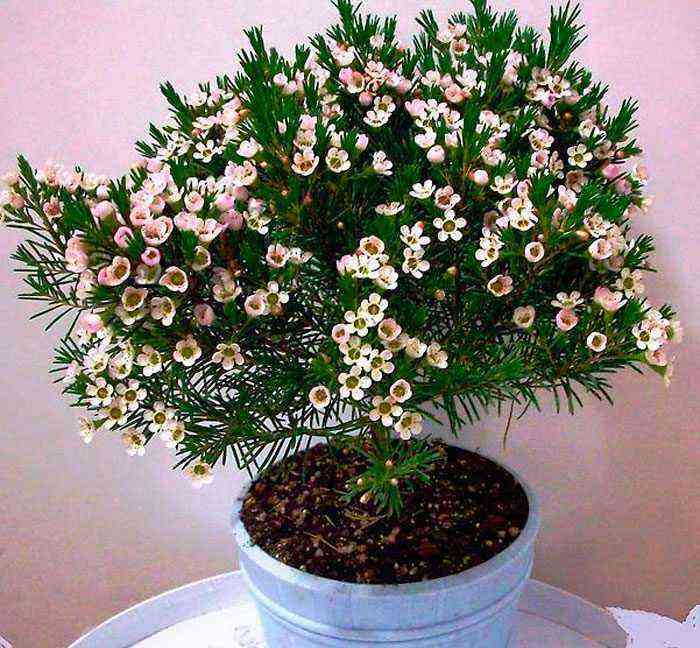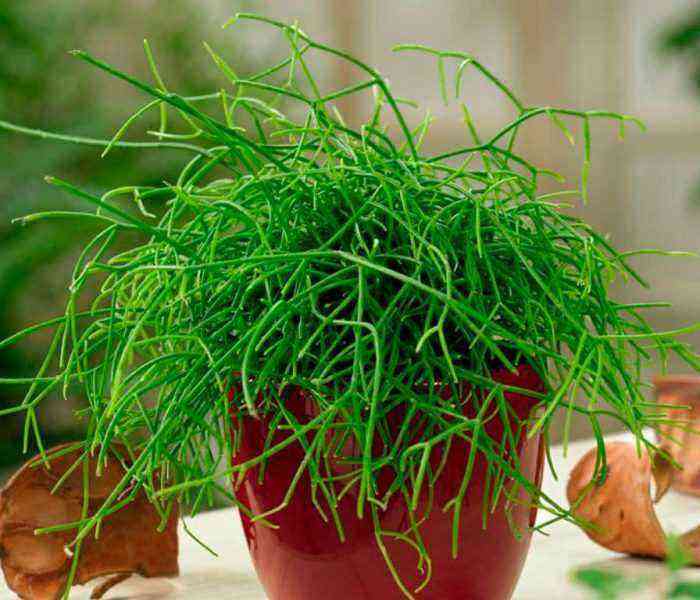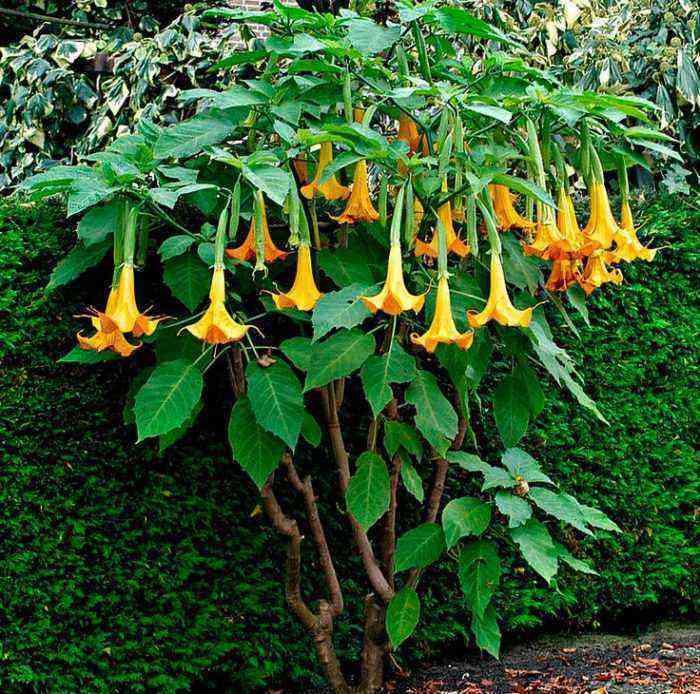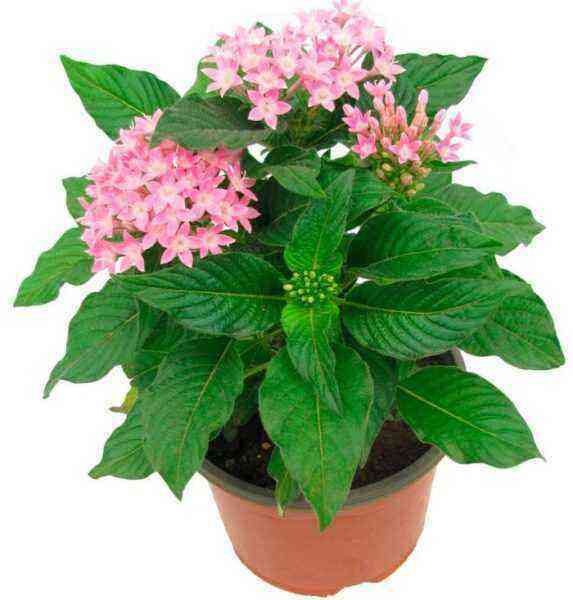A kind of herbaceous plants such as palisot (Palisota) is a perennial and is directly related to the Commelinaceae family. This genus unites about 30 plant species that can be found in tropical regions of West Africa.
Some species have no stem at all, while others have a very short stem. Over time, a dense basal rosette is formed, consisting of long-petiolate, leathery leaves. Vagal, grooved petioles are rather thick. Their bases form tubules, and new leaves begin to grow from them. The leaves are broadly lanceolate or oval-oblong in shape, with a pointed tip. Small actinomorphic flowers are of no decorative value. They are colored pink-white or pure white and are collected in a dense, dense inflorescence in the form of a panicle. The inflorescences are attached to thick peduncles that grow directly from the center of the rosette of leaves. Bright juicy fruits adorn the plant. They have a conical shape and are colored in white, blue or red.
Basic views
Only a few species are grown as a houseplant.
Palisota barteri
The leaves have an oval-oblong shape, more similar to the obovate. They are 20 to 40 centimeters long and 10 to 15 centimeters wide. Glossy leaves are painted in a pale green color and they have a bright central vein that is more clearly visible from the seamy side of the leaf plate. On the entire surface of the flower there is a silky white fluff, which is quite tightly in contact with the surface. Ripe berries acquire a rich red hue.
Palisota mannii
Broad-lanceolate leaves are about 35 centimeters long and 10 centimeters wide. Glossy pale green leaves have clear venation and slightly wavy edges. The berries are red.
Bracts palisota (Palisota bracteosa)
It has glossy dark green oval-oblong leaves, which reach 20 to 40 centimeters in length and up to 15 centimeters in width. There is white pubescence on the surface of the appressed petioles. The berries are red.
This species has a variety that has gained popularity among flower growers. It has green and white leaves with many irregular white stripes. They originate at the central vein and end directly at the pointed tip of the leaflet.
Caring for palisot at home
Palisot is a non-capricious and undemanding plant in care, which can be grown even by novice growers. To make it successful, you need to take into account a few simple rules below.
Illumination
Requires diffused light, feels good in partial shade. Recommended to be placed on the window sills of windows located in the western, northern and eastern parts of the room. The flower should be placed at a distance of at least 0,5–2 meters from the southern window opening.
Temperature conditions
In the warm season, the plant feels great at temperatures from 18 to 24 degrees. In winter, it is recommended to place it in a cool place (16-18 degrees). You can simply move the flower very close to the glass and shield it from the warm air with a foil. It is advisable to put it away from radiators in winter.
How to water
Water the plant so that the ground is slightly moistened all the time. However, it should be borne in mind that when the soil is waterlogged, rot can form on the juicy leaves and petioles. Over time, the decayed parts of the plant will turn black and die off. It is better not to dry the soil for too long, as a result of which the leaves will become drooping, and then their tips will begin to dry out.
Humidity
High humidity is required (at least 50 percent). In this regard, it is recommended to spray the palisot leaves as often as possible. If the humidity is low, the tips of the leaves will begin to dry out.
Earth mixture
Suitable soil should be sufficiently loose and saturated with nutrients, the reaction should be slightly acidic or neutral. You can buy a ready-made mixture for deciduous plants at a specialty store, but you will need to add ¼ part of the coarse sand to it. You can make a soil mixture with your own hands, mixing turf and humus soil, as well as peat and sand, which must be taken in equal proportions. A good drainage layer is required, which can consist of pebbles or expanded clay.
Additional fertilizing
Fertilize during intensive growth 2 times a month. For this, a complex mineral fertilizer is used for decorative deciduous plants. In the autumn-winter period, it is forbidden to apply fertilizers to the soil.
Transplant Features
They are transplanted only if absolutely necessary, when the roots cease to fit into the pot (as a rule, once 1-3 years). And that’s all because palisot reacts extremely negatively to any damage to the root system.
Methods of reproduction
Can be grown from seed, but more often propagated by daughter offspring. To do this, you need to carefully separate the grown socket, which is located near the mother plant, with a sharp knife. Then its lower part is placed in a container of water until the socket gives roots.
Pests and diseases
Spider mites can settle. In this case, it will be necessary to carry out processing with Fitoverm or Aktellik.
Not susceptible to disease. However, the plant can be harmed by waterlogging or overdrying of the soil, direct sunlight, low air humidity, and cold.
